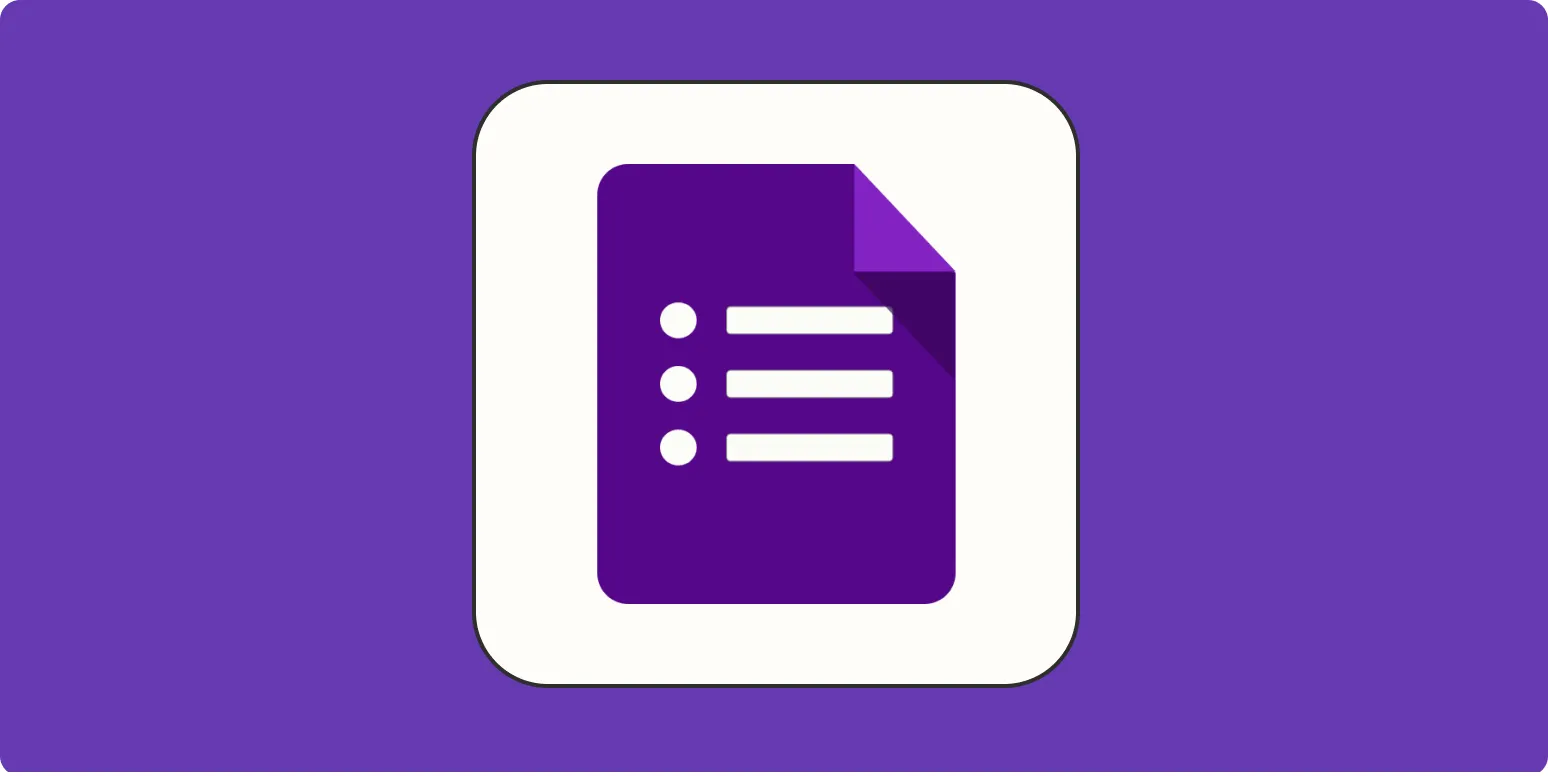Creating the perfect header image for your Google Forms can significantly enhance the visual appeal of your surveys and increase engagement from respondents. The header image serves as the first impression of your form and can convey your brand identity effectively. In this article, we will explore the best practices for designing header images that resonate with your audience and align with the overall purpose of your form.
Understanding the Ideal Dimensions for Header Images
Before diving into the design aspect, it’s crucial to understand the optimal dimensions for Google Forms header images. The recommended size is 1600 pixels wide by 400 pixels tall. This aspect ratio ensures that your image displays correctly across various devices, whether on desktop or mobile. Keeping this in mind will help you avoid cropping or distortion issues that can detract from your form’s appearance.
Choosing the Right Visuals
When selecting visuals for your Google Forms header image, consider the following:
- Brand Consistency: Use images that reflect your brand’s colors, themes, and overall message. This consistency creates a cohesive experience for respondents.
- Relevance: Ensure that the visual content relates to the subject of your form. If your form is about environmental issues, for example, consider using nature-themed images.
- Quality: High-resolution images are essential. Blurry or pixelated images can make your form appear unprofessional.
Incorporating Text in Your Header Image
Sometimes, adding text to your header image can help clarify the purpose of your form. Here are some tips for incorporating text effectively:
- Fonts: Choose fonts that are easy to read. Sans-serif fonts tend to work well for online content.
- Contrast: Ensure that the text color contrasts well with the background image. This contrast will enhance readability.
- Placement: Position your text strategically within the image. Avoid placing critical elements at the edges, as they might get cropped on different devices.
Utilizing Design Tools
There are numerous design tools available that can help you create stunning header images for Google Forms. Some popular options include:
| Tool | Features |
|---|---|
| Canva | Offers templates, drag-and-drop functionality, and a wide range of stock images. |
| Adobe Spark | Provides customizable templates and easy integration with Adobe products. |
| Piktochart | Specializes in infographics and visual content, great for educational forms. |
Using these tools can streamline your design process, allowing you to focus on creativity rather than technicalities.
Testing Your Header Image
Once you’ve designed your header image, it’s essential to test how it appears in the Google Form. Here are some steps to ensure everything looks perfect:
- Preview Mode: Use the preview feature in Google Forms to see how your header image displays on different devices.
- Feedback: Share the form with a small group of people to gather feedback on the header image’s effectiveness and attractiveness.
- Adjustments: Be prepared to make adjustments based on the feedback and your own observations.
SEO Considerations for Google Forms
While Google Forms is not primarily an SEO tool, optimizing your form can still help in reaching a broader audience. Here are some strategies:
- Descriptive Titles: Use clear and descriptive titles for your forms, as they can appear in search results.
- Keywords: Incorporate relevant keywords throughout the form, especially in the description and questions. This practice can improve visibility in relevant searches.
- Promote on Social Media: Share your Google Form link on social media platforms to increase visibility and engagement.
Final Thoughts on Google Forms Header Images
Creating the perfect header image for your Google Forms is not just about aesthetics; it’s also about enhancing user experience and engagement. By understanding the ideal dimensions, choosing relevant visuals, incorporating text effectively, utilizing design tools, and testing your images, you can create a header that captivates your audience. Remember to consider SEO strategies for broader reach. By following these best practices, you can leverage Google Forms to gather valuable insights while ensuring that your form stands out visually.





